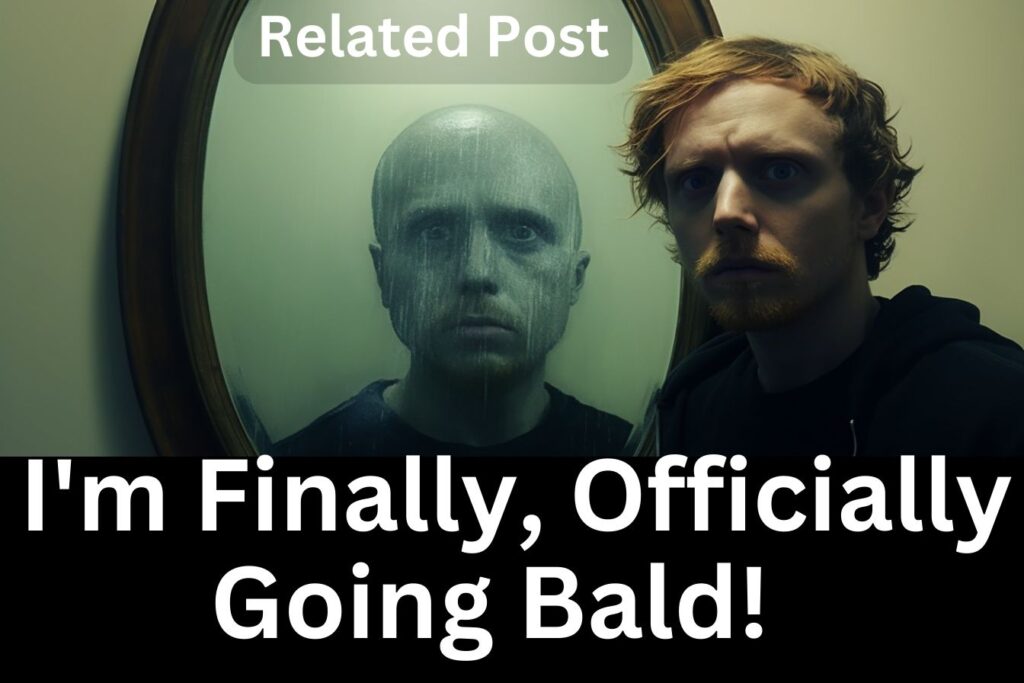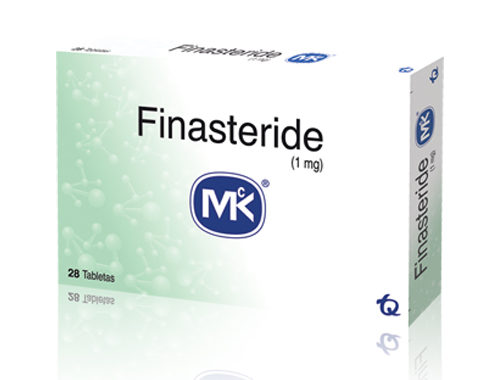Last Updated on August 19, 2023 by Robert Price
I know why you’re here.
You want to protect your most-important asset: your penis.
But you also want to safeguard your hair, your second-most cherished feature.
So you’re interested in trying low-dose Propecia/finasteride — and I don’t blame you; it’s certainly something worth looking into. However, there are a few things you should know BEFORE you jump on the low-dose finasteride bandwagon. Ready? Great!
In this post, I’ll tell you everything you need to know about breaking down your finasteride dosage, so stay with me.
The list begins now.
1. Low-Dose Propecia Works Pretty Well
The standard dose of Propecia is 1 mg per day. According to Dr. William Rassman of Baldingblog, cutting the dosage in half to .5 milligrams per day will deliver about 80% of the benefit, compared to the standard dose. A quarter dose of finasteride will be roughly 50% as effective as the normal 1 mg pill (1).
Sounds pretty good, right?
Not so fast.
2. Most Doctors Still Recommend the Regular Dosage
They do this for a variety of reasons. First, doctors want to ensure their patients achieve maximum results with their prescribed treatments — and the only way to get the best possible results is to take Propecia as instructed.
Second, it gives the patient an opportunity to see how they tolerate the drug. If they have side effects, then their doctor can easily prescribe a lower dose. On the other hand, if they’re in the majority and they don’t have any major/life-altering side effects, then great. There’s no reason to fix something that isn’t broken. Starting with a lower dose will give you less flexibility to make adjustments as needed.
Finally, the long-term benefits of low-dose Propecia aren’t fully established at this point, making it something of an “experimental” treatment. The 1 mg dose is approved by the FDA to treat hair loss, and doctors have seen Propecia work over and over again, for over 25 years, when prescribed as directed.
3. Half a Dose Doesn’t Necessarily Mean Half the Side Effects
The side effect profile of low-dose Propecia vs. the standard dose hasn’t been studied to my knowledge. But I think it’s safe to say that there is not necessarily a direct correlation between dosage and side effects. Just because you take 75% less Propecia per day doesn’t mean you’re 75% less likely to develop ED, depression, or any other side effect that can accompany the use of the drug.
4. Twice Weekly or Daily, the Choice is Yours
According to Dr. Jerry Cooley of the Regrow Hair Blog, a single dose of finasteride lowers DHT to a maximum level after three days, and DHT levels don’t normalize again until after 7 days.
He goes on to assert that taking .5 milligrams of finasteride twice weekly will suppress DHT significantly and help slow hair loss in most people (2). The aforementioned Dr. Rassman stated in one of his blog posts that he often recommends .5 milligram doses every day to his patients. So it’s something of an inexact science, but whether you take it every day or twice a week, chances are you’ll see some tangible benefits from the drug. As always, talk to your doctor!
5. The Nocebo Effect Is Still Possible
The New York Times had an article not too long ago entitled “Beware the Nocebo Effect.” And without question, the nocebo effect is a big reason why so many men are experiencing side effects with Propecia in 2023. The horror stories and fear mongering are omnipresent, on the hair loss forums, on YouTube, and even on legitimate websites like Men’s Journal.
Men often begin taking Propecia with the expectation that they’ll experience horrendous and long-lasting side effects. And fear is a powerful thing, as Bruce Springsteen said in his 2005 song “Devils and Dust. ” If you start taking Propecia in a desperate or fearful state, expecting to have side effects, then of course there’s a high probability that you will indeed develop side effects, regardless of what dosage you’re on.
My Take on Low-Dose Finasteride/Propecia
I’ve studied Propecia, its side effect profile, its benefits, etc. for countless hours.
I like the fact that the .5 and .25 milligram options deliver significant benefits, with the half dose being roughly 80% as effective and the quarter dose being about 50% as effective as the standard version of the drug. I don’t like that the low-dose version of the medication hasn’t been studied extensively, and thus, its long-term benefits aren’t fully known.
The One Foot in, One Foot Out Treatment
I feel like many men start .5 or .25 finasteride regimens as a cop out of sorts, because they’re too scared to try the medication as it’s normally prescribed. In other words, they don’t want to commit fully to using the drug — and this may jeopardize their chances of achieving a successful outcome.
Which Version Would I Use?
This section is an addendum to my original article on low-dose finasteride. And I’m about to contradict myself. . . .
Five years after starting this blog in 2016, I realized I was going bald in the summer of the 2021. I’ve been using minoxidil ever since and have enjoyed favorable results so far. My hair loss was isolated to a small area at the crown of my scalp (right around the cowlick). Because of my age (mid-thirties), I didn’t anticipate I’d be likely to lose all my hair rapidly, which is why I opted to use minoxidil over the more effective (far more effective, actually) option in finasteride.
That said, if my hair loss were to progress significantly, I would likely add a low-dose version of the medication to my treatment regimen, mainly because I’m averse to prescription drugs in general and don’t like the idea of lowering my DHT levels by 70+% over the course of decades.

After I discovered I was going bald, I discussed my approach to hair loss in a blog post.
Conclusion
Ultimately, low-dose finasteride is nice option to have, and it certainly can help you hang onto your hair.
Whether you go for the 1, .5, or .25 milligram dose is your call. But as always, I’d suggest talking to a doctor before making your decision.
Robert Price is a writer, consumer advocate, and hair loss researcher with thousands of hours of experience in the field. His goal is to keep you out of the hair loss rabbit hole, underworld, or whatever you want to call it. He founded Hair Loss Daily, the unbiased hair loss blog, in 2016. You can learn more about Robert in the my story section of this website.



Actually starting at .5 does gives you MORE flexibility with the drug since it seems to be less effective over time. It is a much better idea to start at .5 and then maybe after 5 years increase it. All the studies show that the drug stabilizes after a certain amount of time and the effect of .5 mg is more than 80% of 1 mg, however, the results will take longer. Certainly taking a medication for a lifetime where people might be taking a drug for 50 years, is better to use a dose that is effective but reduces the amount of chemicals being introduced into the blood stream